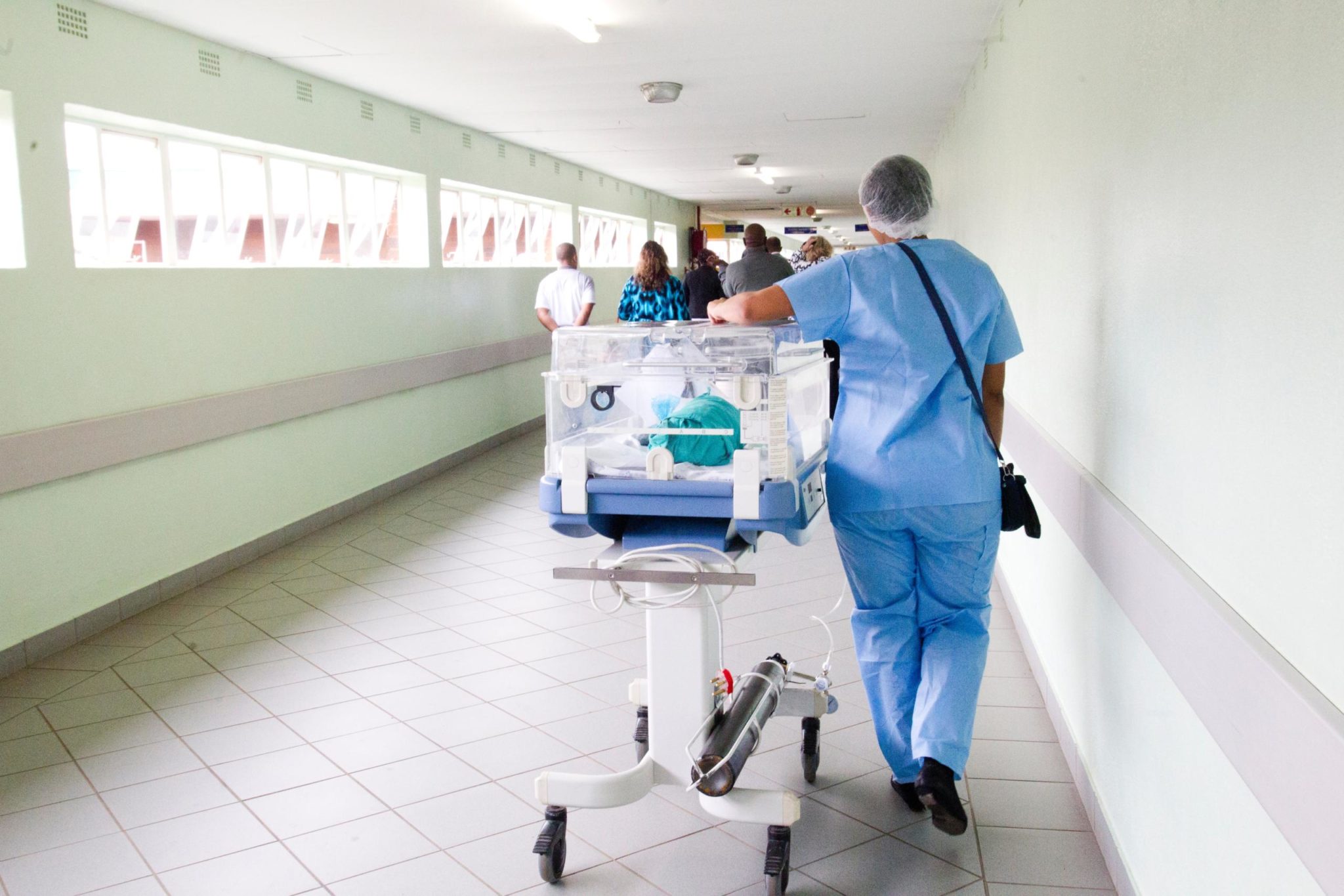On June 22, The Washington Post shared an extensive article chronicling one rural Tennessee couple’s search for medical attention. The journey took Lisa and Stevie Crider on a bus ride to a school, towns away, where they waited overnight in a line of more than 500 individuals to receive treatment for various medical ailments. The two spent over 48 hours traveling to, waiting for, and receiving medical care eventually returning home, still aching from chronic pain and other medical complications.
The Crider’s journey and wait for primary care became necessary as a result of their town closing its primary care practices, leaving its residents to depend on emergency clinics. These clinics often have long waits and hefty medical bills that, rather than being paid, are tacked on to a patient’s preexisting debts.
The issues affecting Lisa, Stevie, and their community are not isolated or even small scale. Currently a lack of healthcare in rural areas is causing an estimated 50 million Americans to go without needed medications, check-ups, and routine care for chronic conditions.
While non-profit and volunteer groups like Cleveland-based Remote Area Medical, which helped to provide care for the Criders, are useful, the capacity of patients they are able to treat and the resources they can provide are often not enough to meet the demands of rural community members who flood the temporary medical posts. Lisa herself needed care that could not be provided by the pop-up clinic. Cramps and a racing heartbeat forced volunteers to call for help. Lisa was taken by ambulance to a local emergency clinic where she was treated, discharged, and billed for $3,000 dollars.
The disappearance of primary care in rural areas can be combatted by introducing a new generation of medical practitioners into these areas. Young physicians and international medical graduates hoping to become U.S. physicians are the primary target. In order to attract this population, programs like the National Health Service Corps and the Conrad Project have been introduced. The NHSC provides loan repayment to American medical students who choose to serve in rural or underserved communities following residency while the Conrad Project grants J1 visas to international physicians who do the same.
These programs play to desires of financial stability and the American Dream. Both the NHSC and Conrad Project are desirable as they are short term. After physicians have served their time in rural communities, they can move on to practice in other areas of the United States. The success of these two programs will become apparent in the years to come but rural community members are hopeful that their introduction can improve community health.
Are you interested in becoming a physician in the U.S.? If so, a critical step in the process towards becoming a U.S. physician is a clinical rotation. Apply for a rotation in the U.S. with AMO today!







[…] Interested in learning more about the gaps IMGs fill in rural medicine? Read our post, ‘Rural Primary Care: A Call To Action for IMGs.’ […]